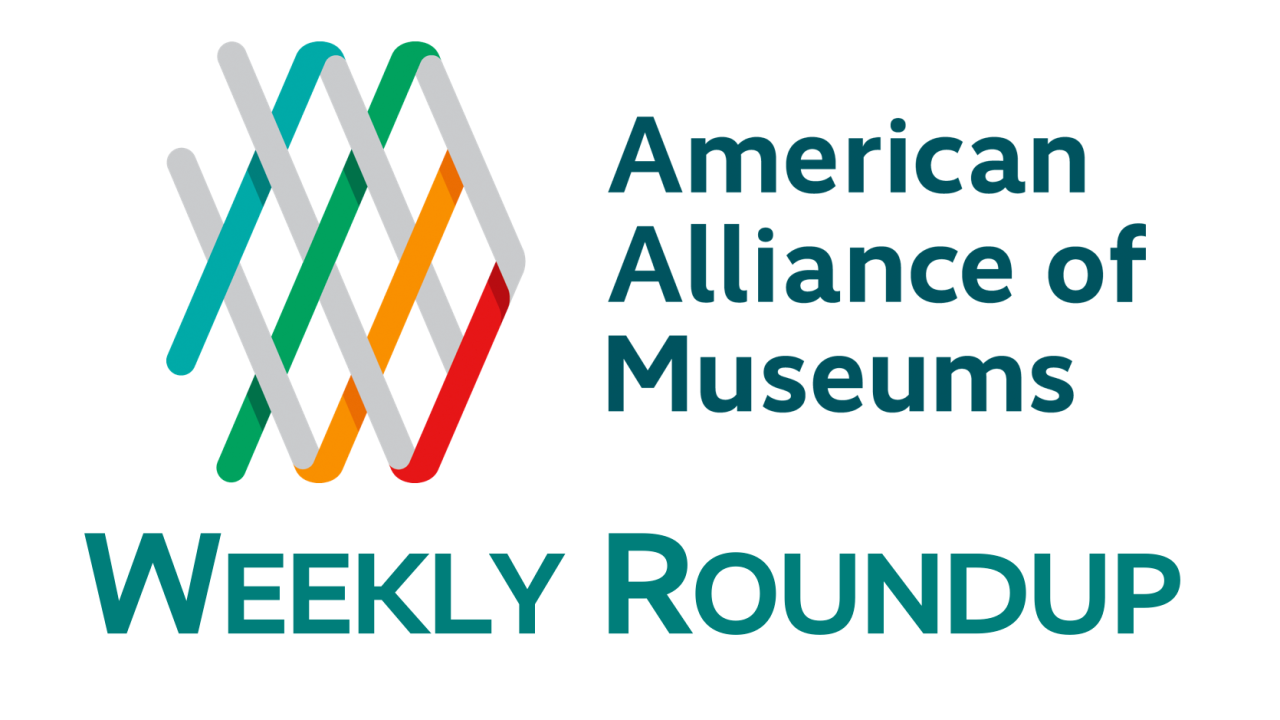
This week’s Roundup shares stories about the virtues of complexity, #DayOfFacts, alternate reality in service of accessibility, #Art-Less without immigrants, and some tips for crafting a meaningful visitor experience. Enjoy!
1. We’ll kick off this week with Elaine Heumann Gurian suggesting that our culture has overly privileged simplicity over complexity resulting in a broadly divisive ‘us vs. them’ position. She argues that museums “have a role, nay an obligation, to aid in reestablishing a more complex and nuanced dialogue, by revamping our conventions of language and content presentation so that audiences, while still trusting in our veracity, will learn to expect density in public dialogue.” It’s a long read and it’s totally worth it!
The Importance of And – MuseumNext
The following presentation was made by Elaine Heumann Gurian at the MuseumNext Melbourne conference at ACMI on 16 February 2017. Kia Ora. Let me begin by acknowledging the original inhabitants of this land. I have worked for 45 years in the museum profession, advocating for small and large changes that might facilitate broader inclusion for …
2. Did you know that octopuses have three hearts? That’s just one of the more than 7,000 facts already shared as part of February 17th #DayofFacts. More than 280 cultural institutions participated in the social media campaign organized by two D.C. area women. We’ve covered the project in several Labs articles, but here’s what the Washington Post has to say. (The octopus fact was shared by The Field Museum.)
Museums and libraries fight ‘alternative facts’ with a #DayofFacts
First the National Parks went rogue, sharing climate change data on Twitter. Now museums and libraries have taken up arms – or at least typing fingers – to fight on behalf of facts. Using the hashtag #DayofFacts, more than 280 scientific and cultural institutions are devoting Friday to dropping 140-character truths on Twitter.
3. Japanese artist Yayoi Kusama shares her own version of reality through her immersive Infinity Room installations. The construction of these spaces can involve architecture that doesn’t meet ADA standards of access. Dealing with this, um.., reality, the Smithsonian’s Hirshhorn Museum and Sculpture Garden developed a virtual reality experience making the magic of Kusama’s rooms more accessible. I have to admit that I’m a bit puzzled why it’s easier to transform the works into virtual surrogates than it is to alter the physical ramp width, but I’m really curious about how it translates.
Yayoi Kusama’s Infinity Rooms Made Accessible to People with Disabilities for First Time
Hirshhorn time-based media specialist and coordinator Drew Doucette proposed and helmed the initiative, which has seen three of Kusama’s works- All the Eternal Love I Have for the Pumpkins (2016), Aftermath of Obliteration of Eternity (2009), and Infinity Mirror Room- Phalli’s Field (1965/2016)-translated into VR.
4. What are the secrets to creating more meaningful experiences in museums? The American Association of State and Local History shares four takeaways drawn from evaluating exceptional projects for the organization’s ‘Leadership in History Awards’. Though this list is targetted specifically for historic house museums, these principles could apply to a wide variety of cultural institutions.
4 Ways Historic House Museums Can Create More Meaningful Visitor Experiences
by Stephanie Fulbright, Graduate Student, Vanderbilt Divinity School; AASLH Membership and Marketing Intern on Every year, AASLH receives over 100 nominations for our Leadership in History Awards, which recognize organizations doing ” Good History.” Our Awards committee spends a week poring over the details of these program and exhibits, reading about what made them stand out.
5. This week The Davis Museum at Wellesley College launched the ‘Art-Less’ initiative to highlight the impact of immigrants in the art world by removing from view any work of art created or donated by immigrants. The results are visually striking with 20 percent of the work in the museum’s permanent galleries missing or obscured. Do you think this type of initiative is effective?
Museum removes every piece of art created by immigrants
Instead, curators will drape black cloth over cases, and line the walls with labels that say “Created by an immigrant.” They are calling the initiative: “Art-Less.” And it’s meant to highlight immigrants’ impact, even in the world of art.
Do you have a great museum story to share? Let us know in the comments!
Have a great weekend.








